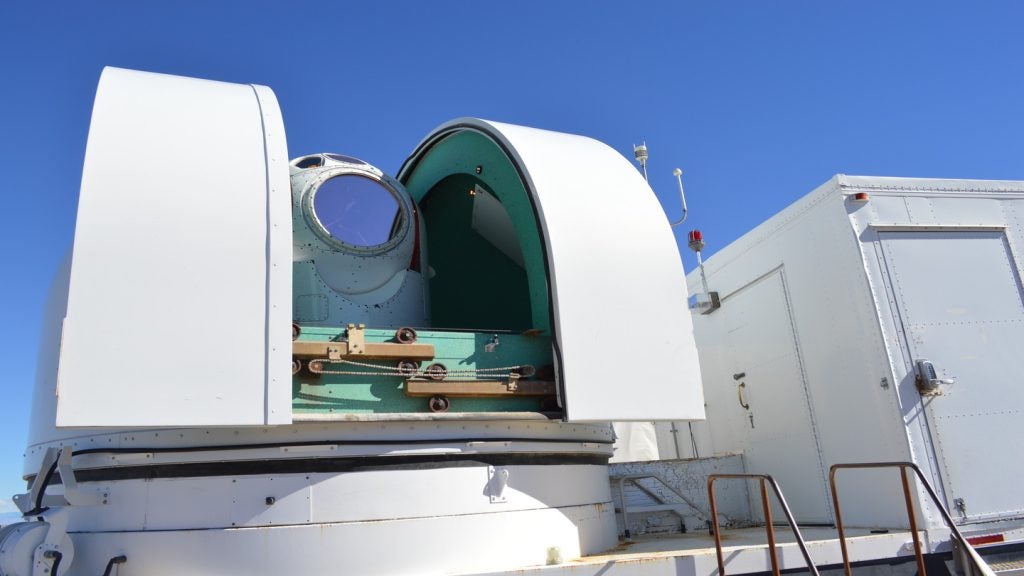Amentum has announced it will develop, engineer and rapidly deploy technologies for various US Department of Defense agencies under the ten-year long, multiple-award contract called the Gateway to Sustainment (G2S).
Global defence demands have grown in response to the tense geopolitical environment; and manufacturers are tasked with balancing a timely delivery with effective capabilities. The American government, all too eager to maintain a perception of tech supremacy, wants to rapidly deploy the latest capabilities across its armed forces.
With a maximum value of $3.2bn Amentum, among other suppliers, will help to facilitate the fast-paced acquisition of these systems. From developing and deploying counter measures to improvised explosive devices; mine detection; electronic warfare; aircraft survivability; and training.
The company will also provide engineering support, obsolescence monitoring, and test and evaluation services that the government could order under G2S.
Supply chain agility
One primary objective for US President Joe Biden is to strengthen America’s supply chain resilience; especially in the deep tech sector, which the nation’s rivalry with China over critical components such as semiconductor microchips necessitates.
So far, the government has poured money and support into the capacity of companies to make their output of weapon systems readily available for defence. Amentum will be one of many domestic defence contractors to secure the country’s supply chains with a readily deployable portfolio of products.
“G2S offers Amentum the ability to work with the government to sustain our operational forces,” said said Jack Kasiski Senior Vice-President Operations.
Global sustainment initiatives
America’s allies and partners are also feeling the pinch. This has prompted them to come up with innovative ways to secure the supply of their defence articles.
Italy’s Navy has provided an “integrated services centre” for Thales to manufacture sonar technologies for submarines in its La Speiza naval base on the Ligurian Sea.
The navy hopes that the facility will double the number of specialised resources currently employed among engineers, technicians and bid managers. This is not just a matter of closeness: it is also a platform for research and exploration, allowing Thales to readily test their latest capabilities.
Meanwhile, in the United Kingdom, the Ministry of Defence recently published its Defence Command Paper Refresh last month, where it stated that it will refocus its efforts on strengthening its existing platforms, rather than procuring systems inefficiently, through a new acquisition reform campaign.
“The experience of Ukraine has reminded us that accepting 80% [of systems] can deliver effective and robust capability into the hands of the users today. Waiting for 100% – the exquisite solution – may mean losing strategic advantage.”
In the same way as America’s G2S, this change will allow Britain to maintain a ready supply of ammunition, platforms, systems and equipment, rather than putting the brakes on the deployment time frames for these assets as it has done with the complications that came from the development of the Ajax combat vehicle.
The US government's rationale for the G2S contract is that it will allow the armed forces to operate whenever they are required, unimpeded by any stockpile deficiency – which has become the stalking menace of the current security climate.











